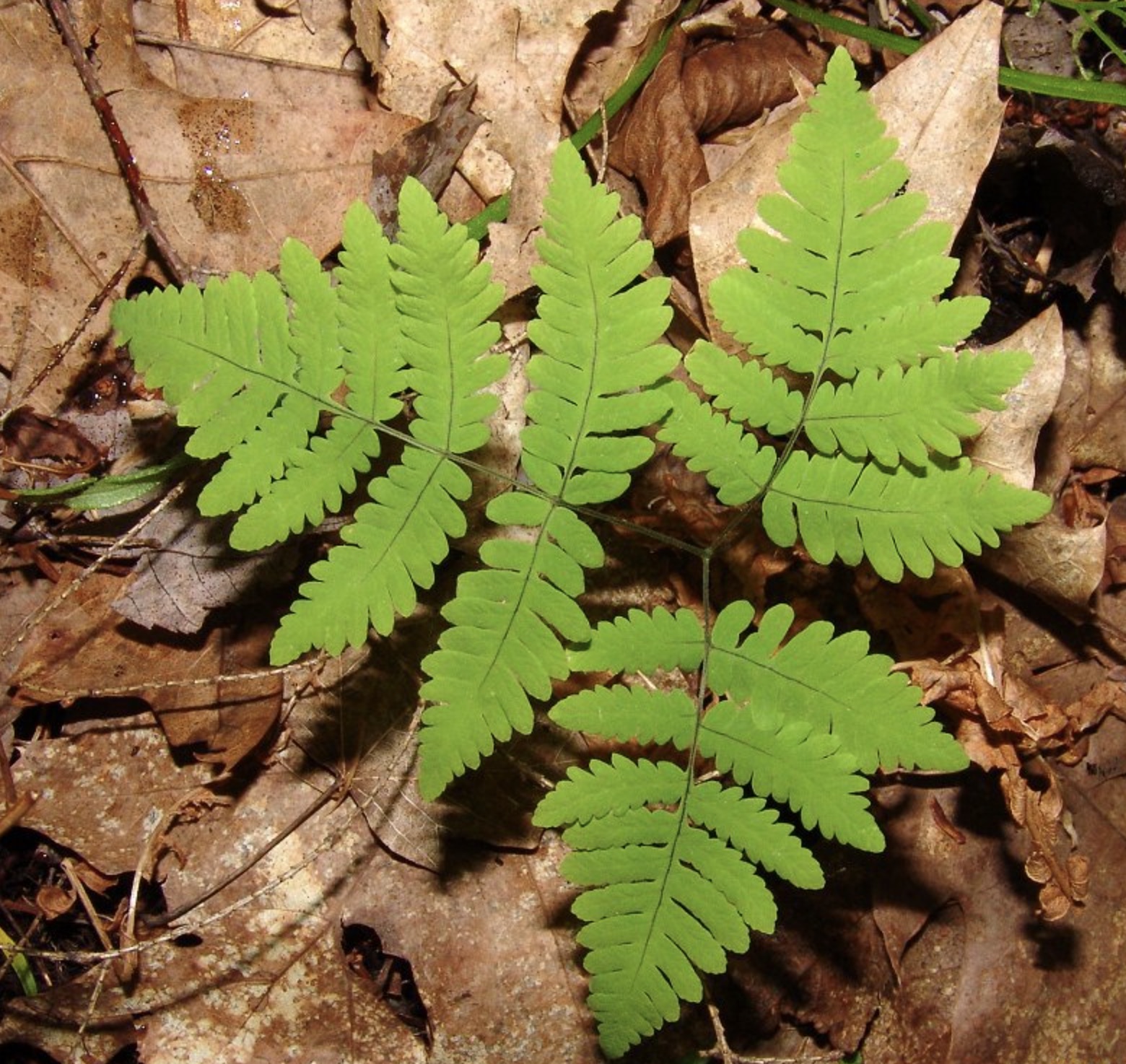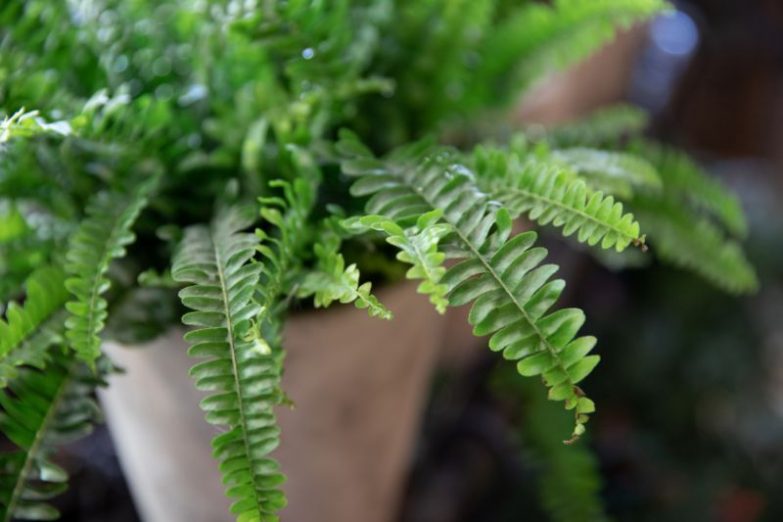Why Choose Ferns for Your Outdoor Space
Ferns are an attractive and low-maintenance addition to any outdoor space. When ferns are planted in the ground, they can thrive in shaded areas, making them an excellent option for gardens with limited sunlight. This adaptability also extends to their ability to grow in a variety of soil types, from acidic to alkaline.
One of the primary benefits of ferns is their air-purifying properties. Like many plants, ferns are natural air purifiers, capable of removing toxins and pollutants from the air. This makes them an excellent choice for gardens in urban areas or near busy roads. By incorporating ferns into your outdoor space, you can create a healthier and more sustainable environment.
Ferns are also relatively easy to care for, requiring minimal pruning, watering, and fertilization. This makes them an ideal choice for busy individuals or those new to gardening. With their delicate fronds and vibrant green color, ferns add a touch of natural beauty to any garden, making them a popular choice for landscaping and garden design.
Preparing the Perfect Spot for Your Ferns
Before planting ferns in the ground, it’s essential to select the right location to ensure optimal growth and health. Ferns are adaptable plants, but they do have specific requirements that need to be met. One of the most critical factors to consider is soil type. Ferns prefer well-draining, rich soil with a slightly acidic pH. If your soil is heavy clay or sandy, you may need to amend it with organic matter like compost or peat moss.
Moisture levels are also crucial for ferns. Most species prefer consistent moisture, but not waterlogged soil. If you live in an area with low rainfall, you may need to provide supplemental watering. On the other hand, if you live in a region with high rainfall, you may need to take steps to prevent waterlogged soil.
Sunlight exposure is another critical factor to consider. While ferns can thrive in shaded areas, some species require more sunlight than others. If you’re planting ferns in the ground in a sunny spot, make sure to choose a species that can tolerate direct sunlight. If you’re planting in a shaded area, choose a species that prefers low light conditions.
By selecting the right location and preparing the soil accordingly, you can create an ideal environment for your ferns to thrive. This will help ensure that your ferns planted in the ground receive the necessary nutrients and moisture to grow healthy and strong.
How to Plant Ferns in the Ground for Opt
The Best Fern Species for Ground Planting
When it comes to planting ferns in the ground, choosing the right species is crucial for optimal growth and health. With over 10,000 known species of ferns, selecting the best ones for ground planting can be overwhelming. Here are some popular fern species suitable for ground planting, each with their unique characteristics and growth habits.
The Autumn Fern (Dryopteris erythrosora) is a popular choice for ground planting due to its vibrant green fronds that turn a beautiful shade of orange in the fall. This species prefers well-draining soil and partial shade, making it an excellent option for woodland gardens.
The Lady Fern (Athyrium filix-femina) is another popular species for ground planting, known for its delicate, lacy fronds and ability to thrive in shaded areas. This species prefers moist, acidic soil and can grow up to 3 feet tall.
The Ostrich Fern (Matteuccia struthiopteris) is a striking species that can grow up to 6 feet tall, making it an excellent choice for adding height and texture to the garden. This species prefers well-draining soil and partial shade, making it an excellent option for woodland gardens.
When selecting a fern species for ground planting, consider factors such as soil type, moisture levels, and sunlight exposure. By choosing the right species for your specific climate and garden conditions, you can ensure that your ferns planted in the ground thrive and provide years of beauty and enjoyment.
Tips for Caring for Ferns Planted in the Ground
To ensure the health and longevity of ferns planted in the ground, regular maintenance is essential. Here are some valuable tips for caring for your ferns:
Fertilization is crucial for promoting healthy growth and development. Feed your ferns with a balanced, water-soluble fertilizer during the growing season (spring and summer). Avoid overfertilizing, as this can damage the plant.
Pruning is an essential aspect of fern care. Remove any dead or damaged fronds to maintain the plant’s appearance and promote healthy growth. Use clean, sharp scissors or pruning shears to prevent spreading diseases.
Pest control is vital to prevent infestations that can harm your ferns. Check your plants regularly for signs of pests, such as spider mites, mealybugs, and scale. Use organic pest control methods whenever possible to avoid harming beneficial insects.
Mulching around the base of your ferns can help retain moisture, suppress weeds, and regulate soil temperature. Use a thin layer of organic mulch, such as bark chips or straw, and keep it a few inches away from the plant’s crown.
Regular watering is essential for ferns planted in the ground, especially during hot and dry weather. Water your ferns deeply once or twice a week, depending on the climate and soil type. Avoid getting water on the plant’s crown to prevent rot and other diseases.
By following these simple care tips, you can enjoy the beauty and benefits of ferns planted in the ground for years to come. Remember to monitor your plants regularly and adjust your care routine as needed to ensure optimal growth and health.
Common Mistakes to Avoid When Planting Ferns in the Ground
When planting ferns in the ground, it’s essential to avoid common mistakes that can hinder their growth and health. Here are some common mistakes to watch out for:
Overwatering is a common mistake that can be detrimental to ferns. Ferns prefer moist soil, but excessive water can cause root rot and other problems. Check the soil regularly and avoid watering if it’s already moist.
Underwatering, on the other hand, can cause ferns to become stressed and vulnerable to disease. Make sure to water your ferns regularly, especially during hot and dry weather.
Inadequate soil preparation is another common mistake that can affect fern growth. Ferns prefer well-draining soil with a slightly acidic pH. Test your soil and amend it if necessary to create an optimal growing environment.
Planting ferns too deeply can cause the crown to rot, leading to plant death. Plant ferns at the same depth as they were in their pots, and make sure the crown is above the soil surface.
Failing to provide adequate humidity can cause ferns to become stressed and unhappy. You can increase humidity around your ferns by placing them on a tray filled with water and pebbles or by using a humidifier.
By avoiding these common mistakes, you can create an optimal environment for your ferns planted in the ground to thrive. Remember to monitor your plants regularly and adjust your care routine as needed to ensure their health and longevity.
Creating a Thriving Fern Garden with Companion Plants
Planting ferns in the ground with companion plants can create a stunning and thriving garden. Companion planting is a technique that involves pairing plants that benefit from each other’s growth, providing a mutually beneficial relationship. Here are some suggestions for companion plants that complement ferns:
Hostas and ferns make a great pair, as they both thrive in shaded areas and have similar watering requirements. The large leaves of hostas also provide a beautiful contrast to the delicate fronds of ferns.
Creeping Thyme is another excellent companion plant for ferns. It spreads quickly, filling in gaps between ferns and creating a lush, carpet-like effect. Thyme also repels pests that can harm ferns, such as whiteflies and aphids.
Hydrangeas and ferns are a classic combination. The big, showy flowers of hydrangeas provide a beautiful contrast to the delicate fronds of ferns, while the ferns help to hide the hydrangea’s bare stems.
When designing a fern garden with companion plants, consider the following tips:
Choose plants with similar growing conditions, such as light and water requirements.
Consider the mature size of each plant and leave enough space for growth.
Plant ferns and companion plants in a way that creates a visually appealing contrast, such as pairing delicate ferns with bold, flowering plants.
By incorporating companion plants into your fern garden, you can create a beautiful and thriving oasis that attracts beneficial insects and provides a peaceful retreat. Remember to choose plants that complement ferns planted in the ground and provide the right growing conditions for a stunning display.
Overcoming Challenges: Troubleshooting Common Fern Problems
Despite their low-maintenance requirements, ferns planted in the ground can still encounter problems that affect their health and growth. Here are some common issues that may arise and solutions to overcome them:
Pests: Slugs, snails, and caterpillars can damage fern fronds. To control these pests, use organic pest control methods such as copper tape, crushed eggshells, or neem oil.
Diseases: Ferns are susceptible to diseases such as root rot, leaf spot, and crown rot. These diseases are often caused by overwatering, poor air circulation, and inadequate soil drainage. To prevent diseases, ensure good air circulation, water ferns properly, and improve soil drainage.
Nutrient Deficiencies: Ferns require essential nutrients like nitrogen, phosphorus, and potassium to thrive. A lack of these nutrients can cause yellowing or browning of fronds. Fertilize ferns regularly with a balanced fertilizer to prevent nutrient deficiencies.
Transplant Shock: When transplanting ferns, they may experience transplant shock, which can cause them to wilt or die. To minimize transplant shock, plant ferns in the ground at the same depth as they were in their pots, water them well, and provide adequate humidity.
Deer and Rabbit Damage: Deer and rabbits may feed on fern fronds, causing damage to the plant. To protect ferns from these pests, use physical barriers like fencing or repellents like predator urine or hot pepper spray.
By being aware of these common problems and taking steps to prevent or solve them, you can ensure the health and longevity of your ferns planted in the ground. With proper care and attention, ferns can thrive and provide beauty and functionality to your outdoor space.







